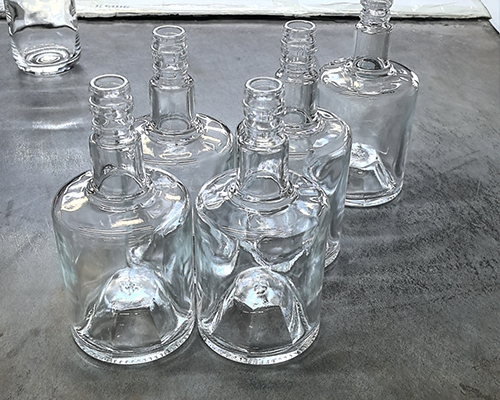Glass bottles are not classified by material, but are mostly classified by the uses of glass packaging containers.
The selection of the correct glass packaging container mainly considers the following aspects: the nature of the packaged items, the strength required for the glass bottle, the molding process, convenience and practicality, aesthetics, etc.
Types of Glass Packaging Materials
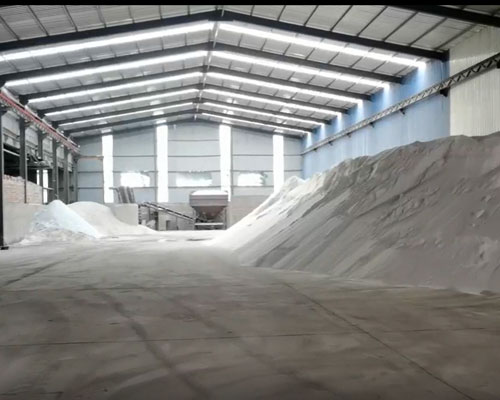
The chemical composition of glass is silicon dioxide (SiO2) and various metal oxides. SiO2 forms a structural network of silicon-oxygen tetrahedrons in glass, which is the skeleton of glass, giving the glass a certain mechanical strength, heat resistance, good transparency, stability, etc. Metal oxides include sodium oxide, calcium oxide, aluminum oxide, boron oxide, barium oxide, chromium oxide, and nickel oxide. These metal oxides and silicon oxide are mixed in a certain ratio, melted at high temperature, and cooled to form a fixed substance.
Glass packaging materials are divided into ordinary bottle glass (mainly sodium, calcium, and silicate glass) and special glass (such as neutral glass, quartz glass, microcrystalline glass, soda glass, etc.).
There are many types of glass packaging materials, and the chemical stability of different glasses is different. Other factors affect the properties of glass, including the chemical composition of the glass, the temperature and time of corrosion, and whether the glass is in excessive contact with other harmful elements.
Neutral glass is generally more resistant to chemical corrosion than alkaline glass, which makes the aqueous solution alkaline, so this kind of glass container affects the properties of its contents.
Structure of Glass Packaging Containers
Molten glass can be made into various shapes, which are mainly used for food packaging, cosmetic packaging, pharmaceutical packaging, etc. The structure of glass packaging containers includes three parts: bottle mouth, bottle body and bottle bottom.
(1) Bottle mouth
The glass bottle mouth is the channel for food to be filled into the bottle, and is sealed with a bottle cap. There are many forms of bottle mouth, such as snap-on, threaded, crown cap, and pry-on.
There are various forms of bottle mouths, and their design is mainly considered from the volatility of the packaged items, convenience of taking out items, and ease of sealing.
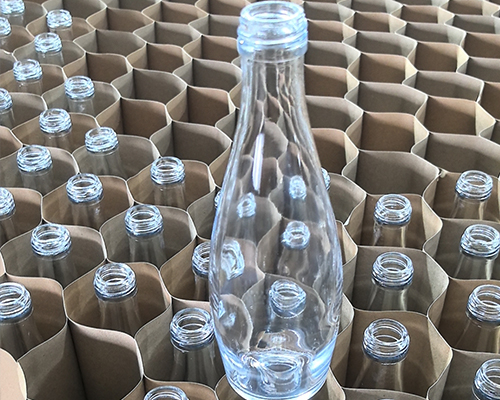
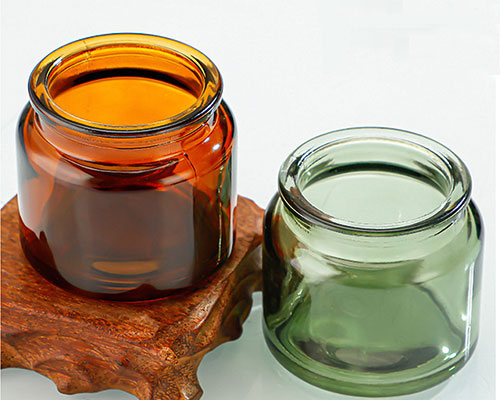
For example, beverage glass bottles bulk have a large bottle body diameter and a small bottle mouth, which reduces the contact area between the beverage inside and the air. Glass milk bottles and yogurt bottles are wide-mouth bottles, which are convenient for drinking.
Glass honey jars bulk are wide-mouth bottles that are convenient for taking out the contents. They are used for packaging jams, fruits, and canned goods. They are the most used and versatile glass packaging containers.
5~50L handmade large bottles have a small bottle mouth and a large bottleneck. They are used for packaging chemicals, such as acid and alkali. Ground-mouth bottles can be divided into ground-mouth small-mouth bottles and ground-mouth large-mouth bottles. They have good sealing properties and are used for packaging volatile items such as chemicals, reagents, and pharmaceuticals.
(2) Bottle body
The bottle body is the main part of the glass packaging container, including the bottleneck, shoulder, side wall, and other parts. Its size determines the capacity of the container, and its structural shape affects its appearance and also affects the food filling operation and use.
Cylindrical glass bottles wholesale have the widest application and the largest usage due to their high strength and simple molding process.
Square, oval and other special-shaped bottles are mostly used for packaging bottles with low internal pressure strength requirements.
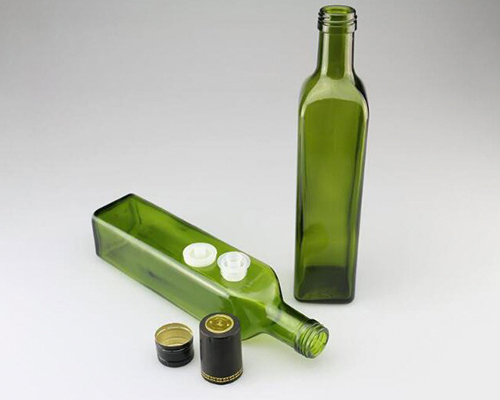
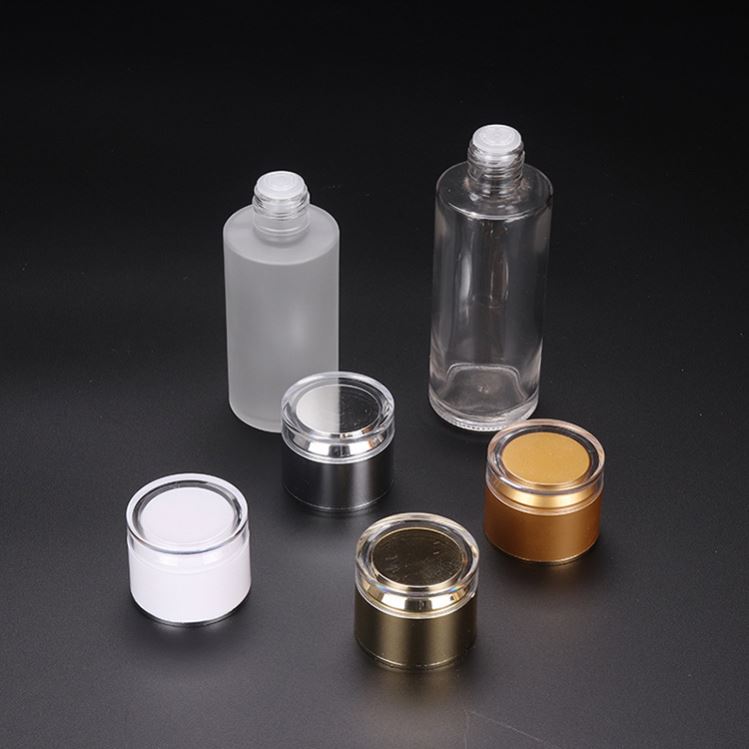
(3) Bottle bottom
The end face of the bottle base is mostly a circular plane. The glass bottle is placed upright and stable, and the bottle bottom is concave inward to form a curved surface, so that the bottle can better withstand internal pressure. The bottle bottom can be provided with textures to increase stability and reduce wear. This can improve the internal pressure strength and water hammer strength of the glass bottle and reduce the thermal shock.
Use of Glass Packaging Container
Glass packaging containers are a recyclable material. Discarded glass can be remelted into new glass containers through recycling processes, which greatly reduces the demand for new raw materials and the impact on the environment. In addition, the energy consumption in the production process of glass is relatively low, and it is a more environmentally friendly packaging material.
Glass packaging containers are suitable for occasions where the contents need to be clearly displayed and a certain degree of sealing and temperature resistance is required. For example, wine, beverages, food and cosmetics.
Glass packaging containers have excellent physical properties, chemical stability and environmental protection characteristics. They still play an important role in the modern packaging industry. Proper use and maintenance can extend their service life while reducing the impact on the environment.
Best Glass Packaging Containers Manufacturer
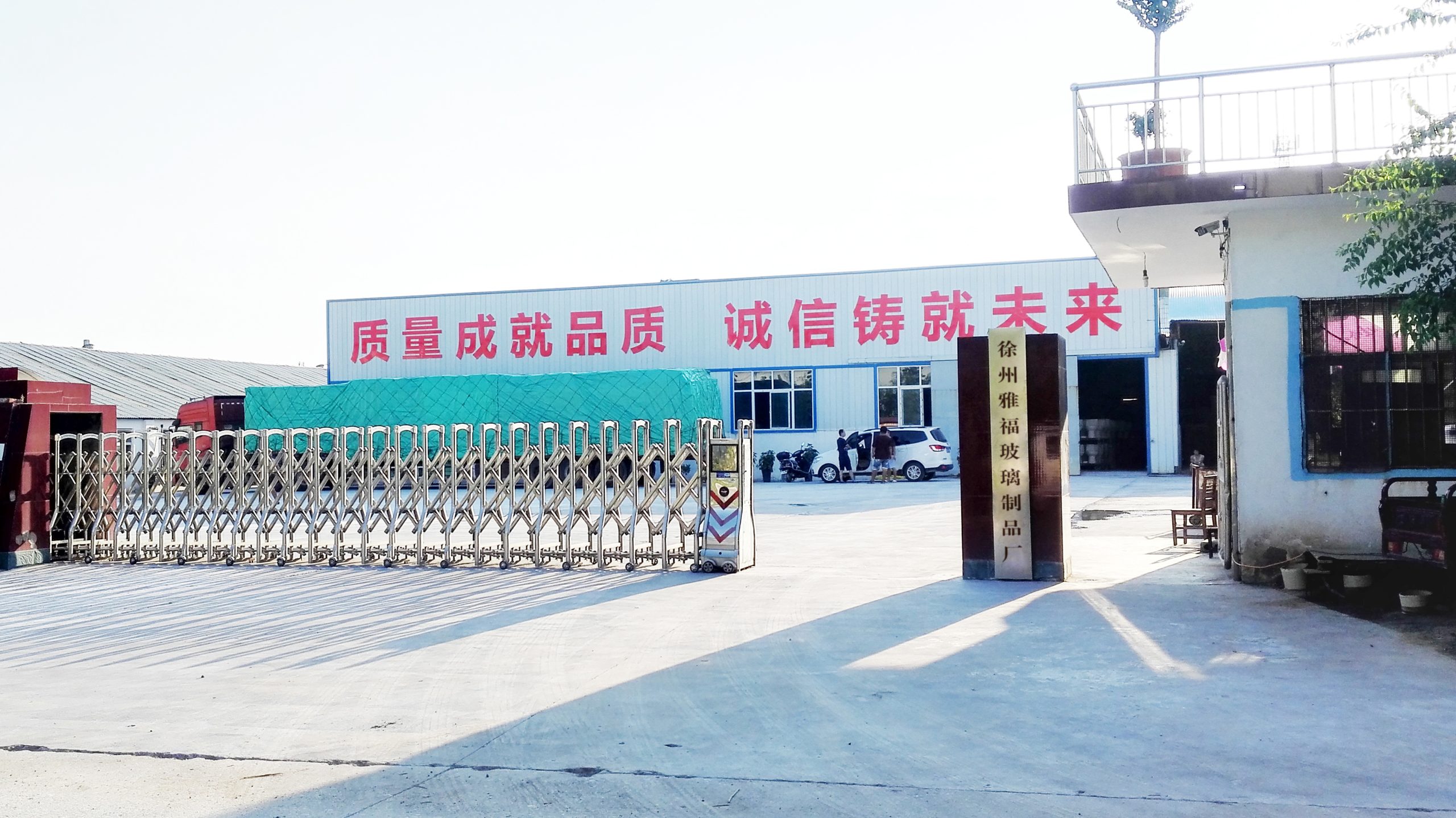
Yafu Glass is a professional manufacturer of glass packaging containers. We provide high-quality, non-toxic glass containers to help improve your brand to be the best in the industry.
Our glass packaging containers are carefully studied and made using only the finest, lead-free and food-grade materials and the best manufacturing processes. They then undergo intensive quality assurance testing for physical defects and unwanted chemicals to assure that you get the best on every glass container produced.

